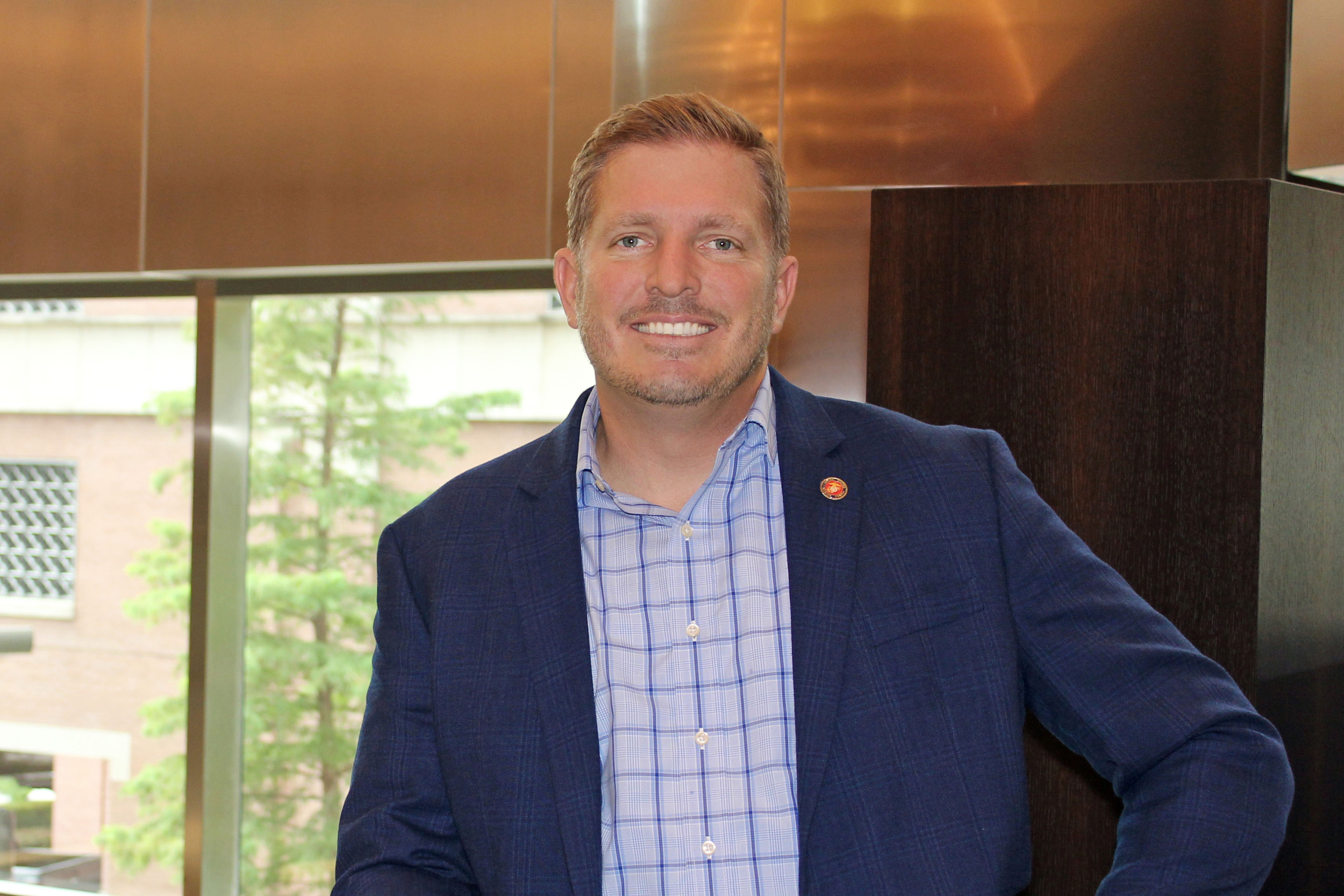Early on, the company and EY US teams recognized that the real-world validity of this assessment depended on two factors:
- Leveraging technology to develop complex and integrated processes would require access and coordination across multiple functions and geographies. This can be a challenge in an industry known for its traditional, siloed functional approach.
- Accounting for how employees adopt and leverage innovative technology would be essential. The company has invested significantly to improve its digital fluency in recent years, but a major lesson has been that technology alone isn’t enough. The “human element” — input and buy-in from knowledgeable people representing the numerous vital functions needed to collaborate on the capture, tracking and utilization of emissions data — is critical.
Humans at the center — facilitating cross-functional collaboration
With these touchstones guiding the project, the company established a cross-functional team that included more than 40 stakeholders representing 11 functions. Their insights were key to understanding the multiple processes and interactions between business groups that would need to be coordinated. They were supported by an EY team that included leaders in strategy development, digital technology, blockchain implementation, climate change and sustainability, energy trading, tax and finance.
The initial project scope focused on assessing blockchain technology for emissions tracking and traceability across the business unit’s operations. The collaborative process included significant input from the cross-functional stakeholders and EY team at every step: initial assessment interviews, process and technology walk-throughs, “pain point” identification, work stream validations and much more. Thanks to this approach, in just seven weeks, the team was able to:
- Assess and drive enterprise readiness for carbon tracking and traceability opportunities
- Obtain a clear understanding of both the technology landscape and data emission sources
- Identify digital opportunities to streamline data processing
- Evaluate industry standards and identify opportunities to influence and lead
- Create a road map of work streams and activities to stand up an emissions management platform
Technology at speed — a digital ecosystem to enable the solution
As it developed the assessment, the combined team evaluated a number of technology solutions. It determined that a digital trust program would need to facilitate a multiparty ecosystem to enable data capture, storage and access, and collaboration among participants, underpinned by a blockchain network. Blockchain is a distributed ledger that is shared between all stakeholders in a trusted ecosystem, such as between a company and its customers, increasing data accuracy and transparency and making it possible to automate contract execution, audits and reporting.
The assessment showed that an indisputable system of record — featuring verified carbon emissions data, captured digitally at the emissions source and stored via the blockchain ledger — had the potential for significant benefits. Data quality standards confirm that emissions aren’t undercounted or double counted within the carbon footprint. And because the distributed ledger is tamper-proof, it provides a trusted source of data that can be viewed by anyone with permission, both inside and outside the company.
Further, the blockchain ecosystem could, in time, enable collaboration among market participants and allow for easy publishing of data for regulatory compliance and the benefit of investors, buyers and consumers.
Innovation at scale — technology alliances to drive transformation
The project’s unique carbon-tracking platform is powered by technology alliances that will enable further customization via ongoing innovation, extensions and third-party application integration. For example, the solution utilizes a suite of Microsoft cloud technologies, including Azure for blockchain, to provide a common data model across multiple sites and user interfaces.
These alliances equip the company with a highly scalable platform architecture that can be expanded and upgraded with future digital components, such as artificial intelligence, machine learning and predictive analysis. In addition, the platform now can be easily tailored to work with other operational functions across the company.







